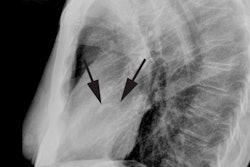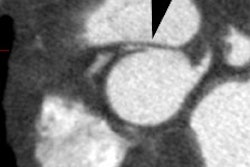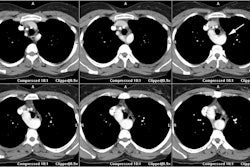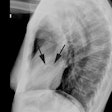Congenital Cardiac Disease:
The key questions to ask in the evaluation of congenital heart disease are: 1. What is the vascularity like? Up or Down or Normal?; 2. Is the heart enlarged? If so, which chambers?; 3. Is the child cyanotic?Cyanotic congenital heart diseases with decreased vascularity (all reflect some degree of right outflow obstruction) includes: Tetrology of Fallot, Trilogy of Fallot, Ebstein's Anomaly, Tricuspid Atresia, Tricuspid Stenosis (Very rare), Uhl's, Pulmonic Atresia, and Pulmonic Stenosis.
Cyanotic congenital heart disease may also be associated with increased vascularity. Classically referred to as admixture lesions (remember- these are the "T" lesions) this includes: Transposition, Transposition Complexes, Total Anomalous Pulmonary Venous Return, and Truncus Arteriosus.
Acyanotic congenital heart disease produces increased vascularity and almost all are left to right shunts. Shunt vascularity is characterized by dilatation of the hilar vessels and pulmonary vessels seen in the outer one-third of the lungs. X-ray findings are generally not present unless the shunt is greater than 2.5:1. Lesions include: VSD, PDA, ASD, Endocardial Cushion Defects, Aortic pulmonary window, Ruptured aortic sinus aneurysm, and Coronary artery fistula.







